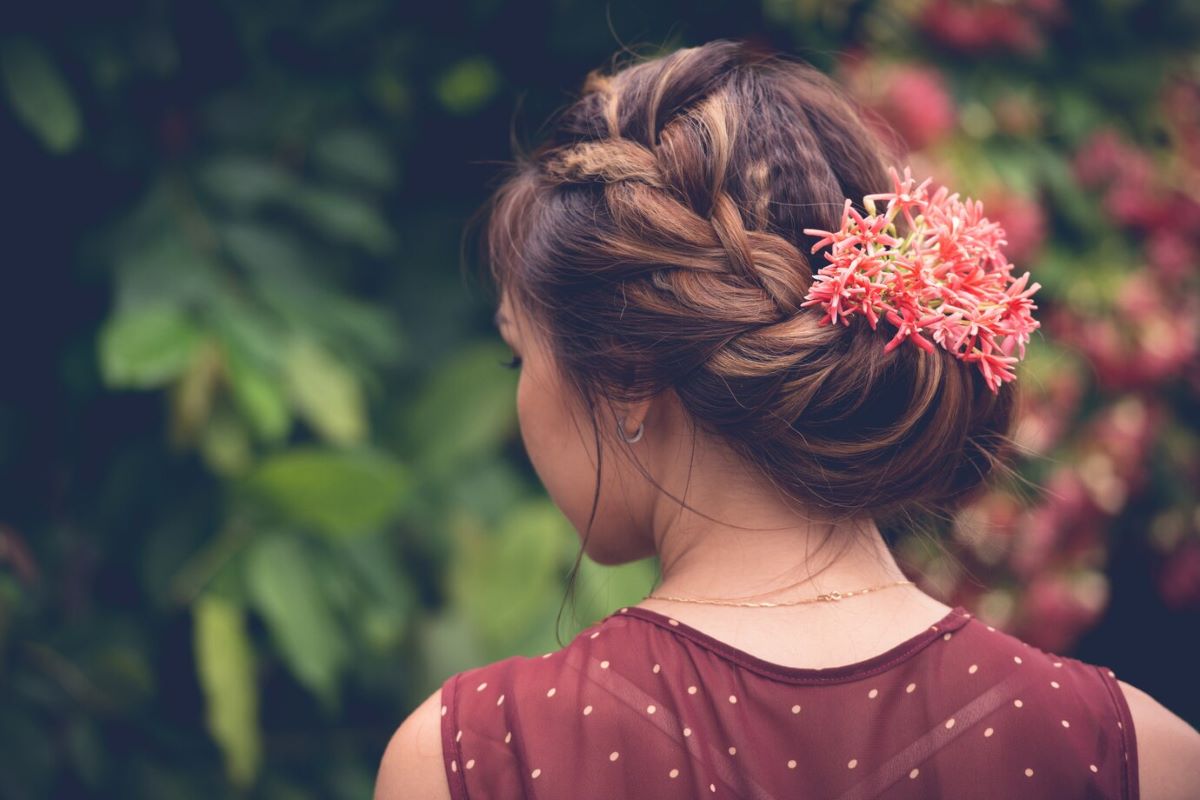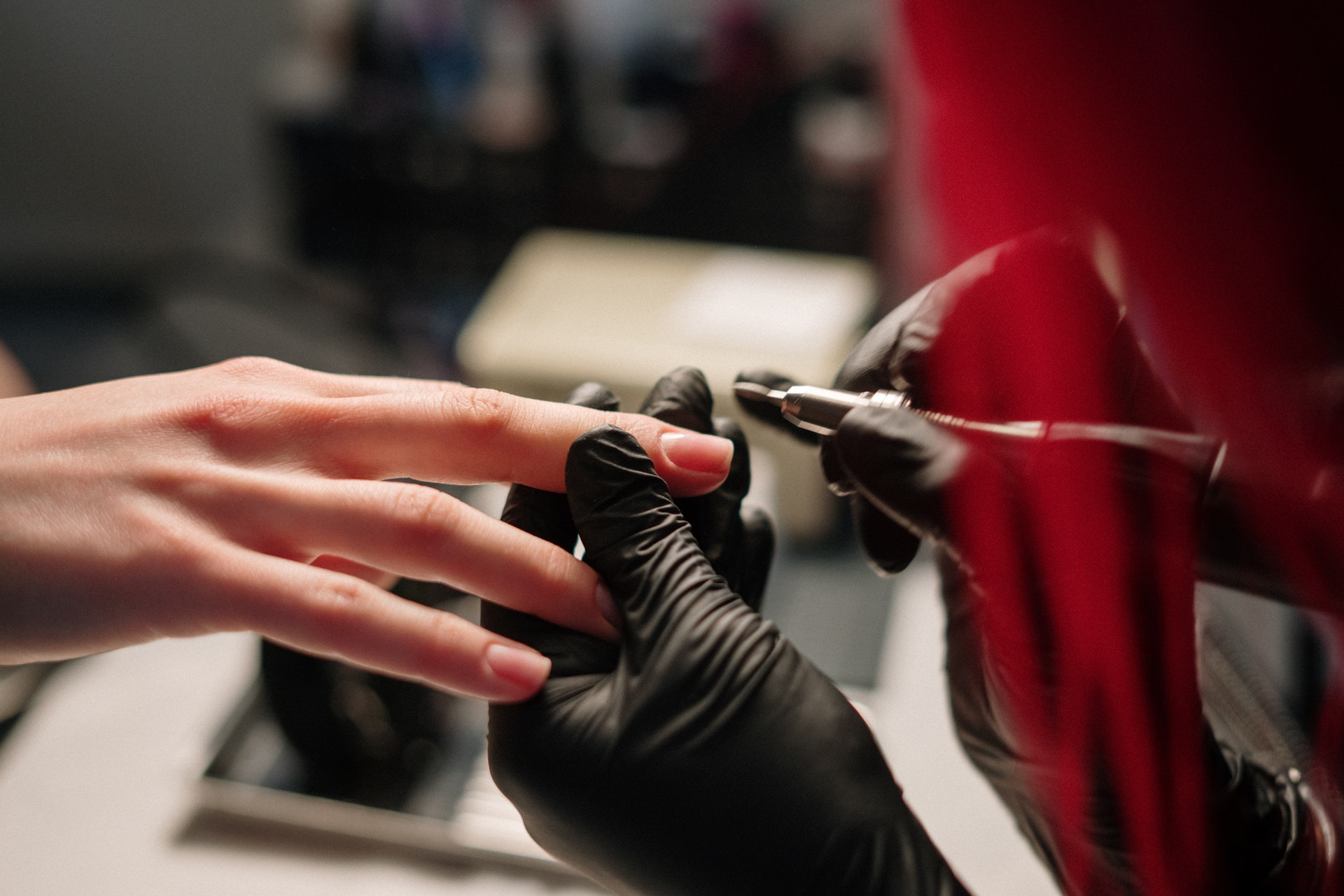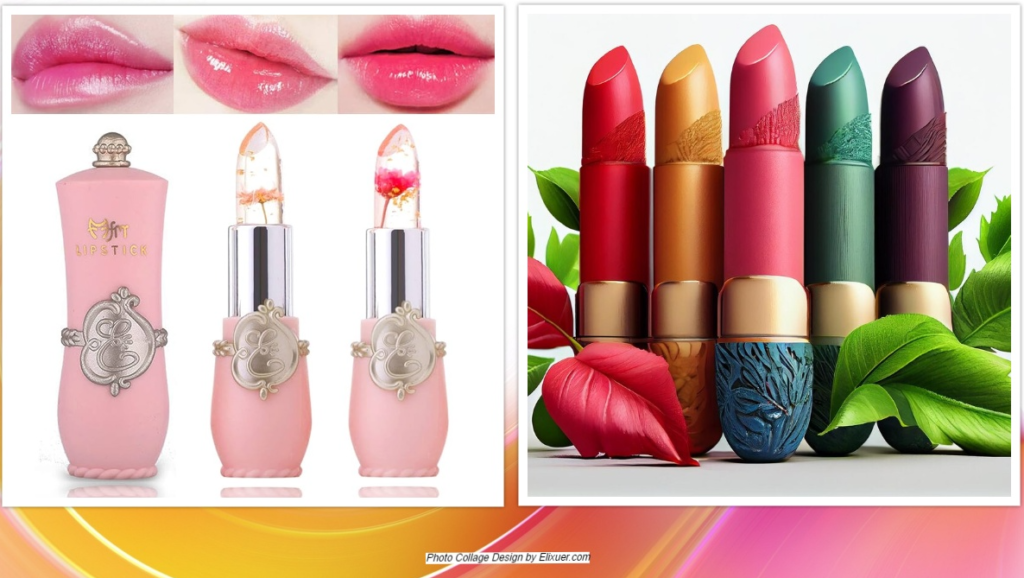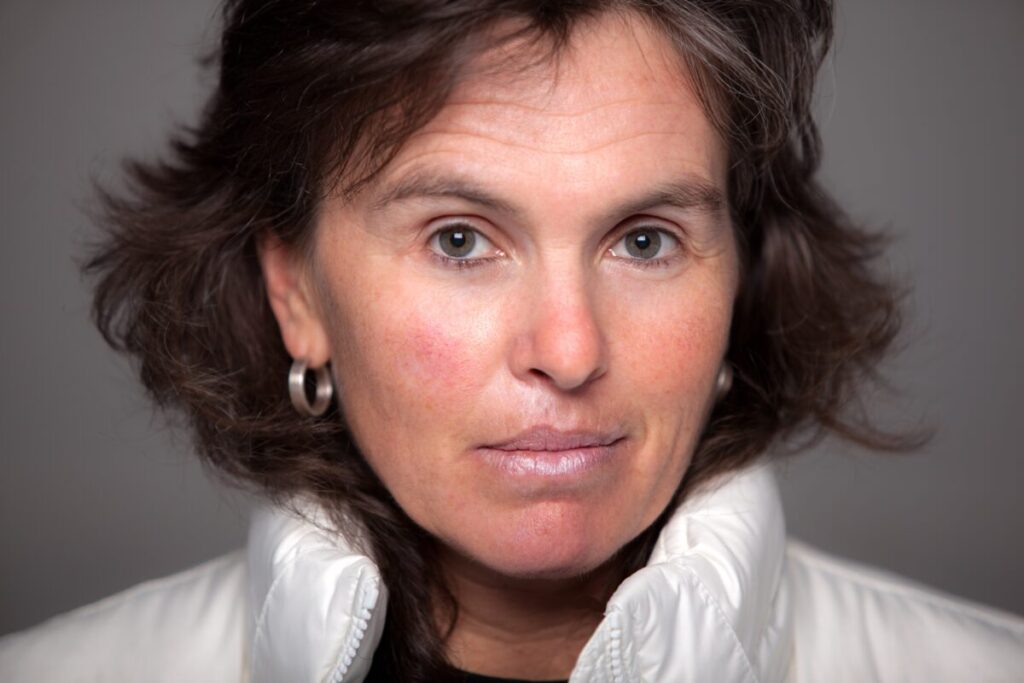If you’re a makeup fanatic or have just always wanted to find the perfect natural lip shade, you’ve probably heard of colour changing lipsticks. Lipsticks that even though they may come in some vibrantly coloured packaging, promise to become the perfect lipstick shade for you once applied. But how do they actually work? Much like the mood rings of the 90s which actually change colour with the temperature of your skin rather than your mood, what’s the magic behind these colour changing lipsticks?
Generally speaking, there are three things that cause the lipstick colour to change, water, your skin’s pH, and your skin tone.
Water
Inside these lipsticks is a dye called Red 27. This dye, when dissolved in a waterless base, such as the ingredients used to make lipsticks like oil or wax, appears colourless to the naked eye. However, when it comes into contact with water, it creates a brighter pink colour.
Now, this water can come in the form of the moisture from your lips, or any other water-based moisture. For instance, glam.com did an experiment where they applied the lipsticks to a sheet of paper and then added a bit of water, and the lipsticks still turned pink.
Keep in mind as well, Red 27 is only capable of turning various shades of pink, so the shade range is limited.
Your Skin’s pH
Going back to chemistry class for a second, pH, which typically stands for “potential of hydrogen” is a scale used to measure how acidic or basic water is. The scale is between 0-14, and the higher the number––the more basic, the lower the number––the more acidic, with neutral being at 7 on the scale.
Red 27 is an acid, and a very weak acid at that. This means the pH level of Red 27 is very low on the pH scale. Our lips on the other hand, while slightly acidic, still sit closer to neutral, and therefore have a much higher pH level, with our lips generally sitting between 5 and 5.5 on the pH scale.
So, when Red 27 comes into contact with our lips, the higher pH levels in our lips will dictate the shade of pink that the dye becomes. According to BBC Science Focus, “lips have a higher pH than the lipstick, which triggers a chemical reaction that converts the acids into a strongly coloured compound.”
Beauty News did an experiment where they applied a colour changing lipstick to bare skin, and then over a base, like hand soap mixed with water, and an acid, like lemon juice. What they found is that over bare skin, the lipstick turned its typical pink, over an acid, it remained almost clear, and over a base it turned hot pink.
It is also important to note that hormone fluctuations and physical activity can also change the pH level in your skin. So, if you were to apply the lipstick before going to the gym, and then apply it after going to the gym, the resulting colour would be slightly different.
Overall, while it does create its own unique shade, you may have also noticed that the shade doesn’t really differ from person to person. This is because, while everyone’s pH level is different, our pH levels don’t fluctuate to the degree of the soap and lemon juice experiment mentioned above. The variation from person to person is very small, so much that it’s practically unnoticeable.
Skin Tone
There will also be a slight difference depending on skin tone. For instance, due to these lipsticks not being completely opaque, layering it on lighter skin, and layering the same product on darker skin will not yield the same result. The exact same shade can wear completely differently on two different people because of their skin tone. Your skin’s undertone can also cause it to look different, as people with a warm undertone are complemented by colours that are different from people with a cool undertone.
In addition, the amount of Red 27, along with the other dyes in the lipstick will determine the final shade. The more dye used, the deeper the final colour will be.
Lauren Schwartz | Staff Writer








